Outboard Engine Bogging Down? How to Troubleshoot Low RPM & Idle Issues on Water
- Understanding Why Your Outboard Motor Won't Throttle Up
- Propeller-Related Problems: The Most Common Mechanical Cause
- Fuel System Issues That Cause Poor Throttle Response and Power Loss
- Ignition and Spark Plug Troubleshooting for Full Power
- Additional Electrical and Fuel Pump Checks
- Cooling System and Impeller Effects on Power and Performance
- Acceleration Hesitation: Other Common Causes and Fixes
- Top 5 Troubleshooting Pitfalls According to Marine Pros
- Preventive Maintenance Tips to Avoid Power Loss Issues
- When to Consult a Marine Mechanic
- Symptoms vs. Causes: Quick Reference Guide
- References and Additional Resources
Understanding Why Your Outboard Motor Won't Throttle Up
The underlying issues can be as varied as the waterways we explore, ranging from simple mechanical problems to more complex fuel delivery, ignition, or even cooling system malfunctions. Understanding these potential culprits is the first step toward getting your boat back up to full speed. We'll dive into the most common reasons why an outboard motor won't throttle up and explore how to fix these frustrating outboard power loss symptoms.
Propeller-Related Problems: The Most Common Mechanical Cause
In my experience, the simplest explanation is often the correct one, and when it comes to mechanical issues preventing an outboard from reaching full throttle, the propeller is a prime suspect. It's the part that directly translates the engine's power into motion through the water. If it's not performing optimally, neither will your boat.
What is a spun propeller and how it affects throttle
A "spun propeller" is a term that strikes a chord of dread among boaters. It happens when the rubber or composite hub inside the propeller, designed to absorb shock and protect the engine and propeller shaft, breaks down or tears. When this occurs, the propeller itself spins independently of the propeller shaft. You'll notice this as excessive engine reving with absolutely no increase in boat speed. It's like the engine is working hard, but its effort is just spinning in place, completely defeating the purpose of moving forward. The result is a significant loss of power and an inability to accelerate normally.
According to Mercury Marine's service bulletin SB-2017-05, a spun hub can happen suddenly due to impact or gradually through normal wear, with symptoms including "high engine RPM with little to no boat movement." Their technical guide emphasizes that continued operation with a spun hub can lead to drivetrain damage beyond just the propeller.
Signs of a spun or tangled propeller
Beyond the obvious "engine revs, boat doesn't move" scenario, a spun propeller can also manifest as a soft, spongy feeling when you engage the throttle. Sometimes, if the hub is severely damaged, you might even hear a grinding or chirping noise from the lower unit. Similarly, any debris, such as fishing line or weeds, wrapped tightly around the propeller blades can significantly impair its performance. This propeller tangling acts like a brake, forcing the engine to work against unnatural resistance, directly impacting power output and causing that dreaded bogging sensation.
The American Boat and Yacht Council (ABYC) recommends in their propeller maintenance guidelines that boaters regularly inspect for "any debris caught around the propeller shaft or between the propeller and the gear case," as even small amounts of line can create significant drag and vibration.
When to inspect and replace your propeller
Regular visual inspections are crucial. Before launching or after retrieving your boat, take a moment to cast your eyes over the propeller. Look for any fishing line wrapped around the blades, any nicks or bent edges, and listen for any unusual noises when you shift gears. If you suspect a spun hub, it is absolutely critical to address it immediately. Continuing to run an engine with a spun propeller can lead to more severe damage to the propeller shaft or even the lower unit, turning a relatively minor repair into a much more costly one. A propeller shop can assess the damage, and often, a replacement propeller is the most straightforward solution.
Yamaha Outboards' maintenance guide states: "Propeller inspection should be part of your pre-launch checklist. A damaged propeller can affect engine performance, fuel efficiency, and potentially cause vibration-related damage to the lower unit bearings." They recommend replacing a propeller when there's visible damage to the blades or signs of hub slippage.
Spun Propeller: Symptoms, Risks, and Fixes
The classic indicator of a spun hub outboard is the engine reaching and holding a high RPM without the boat gaining speed. It's a scenario I witnessed firsthand with a friend's boat; the engine sounded like it was screaming, but we were barely creeping along. The primary risk here is not just the inability to move, but the stress it puts on the drivetrain. If you suspect a spun hub, the immediate course of action is to stop using the engine and have it inspected. The fix usually involves replacing the propeller with a new one that has a properly functioning hub.
According to the BoatUS Foundation's technical resource library, "Operating with a spun hub can damage the propeller shaft, requiring much more extensive repairs. Once a hub has spun, it cannot be repaired and must be replaced." This aligns with my own experiences – attempting to "limp home" with a spun hub is never worth the potential additional damage.
Propeller Tangling and Debris Removal
I've had my fair share of harrowing experiences with fishing line getting wrapped around my propeller. Once, it was so bad it created a horrible vibration that made the whole boat shudder. This kind of outboard propeller debris removal is essential. When you notice extra vibration, a distinct loss of acceleration, or a change in the sound of your engine, it's time to inspect. You can often safely remove smaller debris like weeds by hand or with a blunt tool while the boat is out of the water. For tenacious fishing line, a sharp utility knife or pliers will be necessary, but always exercise extreme caution. If significant damage is present, a professional assessment is recommended, ensuring no hidden issues are creating boat propeller vibration causes.
The U.S. Coast Guard Safety Division recommends: "Before attempting to clear debris from around propellers, ensure the engine is completely off and the key is removed from the ignition. Never attempt to clear a fouled propeller while the engine is running, even in neutral." This seems obvious, but in the moment, safety procedures can sometimes be forgotten in the rush to solve a problem.
Fuel System Issues That Cause Poor Throttle Response and Power Loss
If you've ruled out propeller issues, the next area that commonly causes an outboard motor not running full throttle is the fuel system. The engine needs a consistent, clean supply of fuel to perform at its best, and anything hindering that flow can lead to poor performance.
Fuel quality's impact on engine performance
The quality of the fuel you use can have a dramatic impact, and frankly, I've learned this the hard way. Old or contaminated fuel can lead to everything from rough idling to a complete inability to reach higher RPMs. Especially in states like ours where ethanol is prevalent, fuel can break down over time. This leads to degradation, water contamination, and a condition known as phase separation, where the ethanol separates from the gasoline and settles at the bottom of your tank. This compromised fuel doesn't burn efficiently and can clog your fuel system components.
According to the National Marine Manufacturers Association (NMMA), "Fuel that is more than 90 days old begins to oxidize and can form gums and varnish that clog fuel passages and components." Their testing has shown that degraded fuel can reduce engine performance by up to 30% before causing complete failure.
Ethanol-related fuel problems and phase separation
Ethanol is a double-edged sword for marine engines. While it can help with water absorption in the fuel itself, it's also highly corrosive to certain materials found in older fuel systems and can absorb atmospheric moisture, leading to phase separation. This is particularly problematic after periods of storage, as I've experienced. When the ethanol and water mixture sinks to the bottom, your engine essentially starts drinking water, which is obviously terrible for combustion. Ensuring you use fresh fuel and, if storing your boat for extended periods, using a quality marine fuel stabilizer specifically designed to combat ethanol issues is paramount.
The Mercury Marine service bulletin SB-2005-11 states: "Phase separation occurs when the bond between ethanol and gasoline breaks down, usually due to water absorption. When this happens, the ethanol and absorbed water sink to the bottom of the tank, creating a layer of ethanol-enriched water that can be drawn into the engine, causing rough running, hesitation, and potential damage to fuel system components."
Step-by-Step Fuel System Diagnostic Protocol
-
Initial Assessment: With the engine running, squeeze the primer bulb. If performance improves temporarily, you have a fuel delivery issue.
-
Fuel Quality Check:
- Draw a small sample from your tank using a clear container
- Look for separation, cloudiness, or debris
- If questionable, drain and replace with fresh fuel
- Fuel Filter Inspection:
- Locate primary and secondary filters (refer to your engine manual for exact locations)
- Check for discoloration, particulate matter, or water droplets
- Replace filters showing any contamination (Yamaha Fuel Filter replacement parts available here)
- Fuel Line Examination:
- Inspect all fuel lines for cracks, kinks, or hardening
- Check all connections for secure fit
- Apply pressure to lines to check for soft spots or collapse
- Primer Bulb Test:
- With engine off, squeeze bulb until firm
- Should maintain firmness for at least 30 seconds
- If bulb deflates quickly, replace it
- Fuel Pump Verification:
- For mechanical pumps: Remove output line and crank engine briefly to check flow
- For electric pumps: Listen for 2-3 second activation when ignition is turned on
- Professional pressure testing recommended if flow seems inadequate
This protocol follows the American Boat and Yacht Council (ABYC) recommended practice for marine engine troubleshooting, with specific checks tailored to outboard fuel system configurations.
How fuel filters and clogged hoses affect power
Even with good fuel, your engine can still suffer from power loss if its fuel delivery system is compromised. A clogged fuel filter is one of the most frequent culprits. As the filter traps dirt and sediment, it restricts fuel flow. This becomes most apparent when you demand more fuel, like when trying outboard motor bogs under throttle, because the engine simply isn't getting enough to keep up. Similarly, fuel hoses can degrade over time, becoming brittle, cracking, or even collapsing internally, creating kinks or blockages. These visual signs are easy to spot, but sometimes the issue is internal and harder to detect without disassembly.
According to Suzuki Marine's maintenance guide, "Restricted fuel flow from clogged filters is the most common cause of poor performance at high RPM. Even partial blockage can cause the engine to run lean at high throttle settings, potentially damaging pistons and valves." They recommend filter replacement every 100 hours of operation or at least annually, whichever comes first.
Inspection and maintenance tips
Regular fuel system maintenance is non-negotiable. This includes checking your fuel lines for any signs of cracking, hardening, or abrasion. Inspecting the primer bulb is also key; if it feels mushy or stays flat after pumping, it might be failing, allowing air into the system or gas to backflow. And, of course, your fuel filters need regular attention. Understanding when to address fuel filter replacement outboard and fuel hose cracking outboard issues can save you a lot of headaches on the water.
The Mercury Marine owner's manual specifically states: "Fuel system hoses should be inspected frequently for signs of deterioration, including cracks, softening, hardening, swelling, or leaking. Replace any hose showing these signs before using the boat." This recommendation aligns with ABYC standards for fuel system safety.
Fuel Quality and Ethanol Impact
I've learned to be very particular about where I source my fuel, especially for the boat. Using fuel that's been sitting in a hot, humid tank or exposed to the elements can make all the difference. For anything more than a few weeks of storage, I always add a fuel stabilizer. This proactive step helps prevent those bad fuel causing outboard power loss scenarios and mitigates the ongoing issues associated with ethanol in marine fuel problems.
The BoatUS Foundation's research found that 90% of fuel-related service calls involved ethanol-blended gasoline issues. Their technical department recommends: "If possible, use ethanol-free fuel in marine engines. If E10 must be used, never allow fuel to sit in the tank for more than 90 days without treatment, and consider using a marine-specific fuel stabilizer year-round, not just during storage."
Fuel Filters and Fuel Hose Condition
When troubleshooting a loss of power, the fuel filter is often the first thing I check. It's relatively easy to access and replace. If the filter looks dirty, discolored, or feels degraded, it's definitely time for a new one. Similarly, when inspecting fuel hose deterioration outboard, I look for any signs of hardening or cracking. A fuel hose that feels overly stiff or shows fine lines is a ticking time bomb. Replacing these components proactively is far better than waiting for them to cause fuel clog symptoms boat motor on a crucial outing.
Yamaha's outboard service guide advises: "Deteriorated fuel lines can collapse internally, restricting flow even when they appear normal externally. Replace any fuel line that feels stiff, shows surface cracking, or is more than 5 years old regardless of appearance." This proactive approach has saved me from countless on-water frustrations.
Ignition and Spark Plug Troubleshooting for Full Power
Beyond fuel, the engine's ability to ignite that fuel is just as critical. Worn-out ignition components can drastically affect performance, leading to that frustrating inability to reach full throttle.
Role of spark plugs in engine performance
Spark plugs are the unsung heroes of combustion. They create the spark that ignites the air-fuel mixture, and their condition directly impacts how cleanly and efficiently the engine burns fuel. Over time, spark plugs can become fouled with carbon deposits, oil, or fuel, or they can simply wear to the point where their gap is too wide or too narrow, or the electrodes are corroded.
According to NGK Spark Plugs, a leading manufacturer: "A worn or fouled spark plug must work harder to produce the same spark, potentially reducing available voltage to other cylinders and causing misfires under high load." Their marine technical bulletin recommends using only marine-specific spark plugs, which feature corrosion-resistant materials designed for the harsh marine environment.
Signs of fouled or damaged plugs causing rough idle and throttle issues
Signs of fouled spark plug outboard symptoms are often a rough idle, misfiring, or a noticeable hesitation when you attempt to accelerate. The engine might feel like it's running on fewer cylinders than it should, or it simply won't respond crisply to throttle inputs. This causes significant outboard engine not accelerating spark plug issues. In my experience, a fouled plug often leads to a lack of power, especially at lower RPMs, and can feel like the engine is simply reluctant to pick up speed.
Evinrude's technical service manual lists specific symptoms of fouled plugs: "Rough idle, misfiring under acceleration, black carbon deposits on plug electrodes, and difficulty starting when the engine is warm." They note that the color and condition of the plug can help diagnose underlying issues – black, sooty deposits often indicate a rich fuel mixture, while white, blistered electrodes suggest the engine is running too lean.
How to inspect, clean, or replace spark plugs
Inspecting spark plugs is a straightforward DIY task. Simply remove them, examine the condition of the electrodes, and check the gap against your engine's manual. If they look oily, carboned up, or excessively worn, replacement is usually the best course of action. Cleaning them might provide a temporary fix, but new plugs are relatively inexpensive and can make a world of difference. Remember to use the correct type and heat range of spark plugs recommended by your outboard's manufacturer.
The Boating Industry Association recommends: "When replacing spark plugs, always gap them according to manufacturer specifications. For most outboards, this ranges from 0.024 to 0.040 inches, but always consult your specific engine manual. Using the wrong gap can cause performance issues even with new plugs." I've found this to be absolutely true – a small gap difference can have a significant impact on performance.
Checking ignition wires and coils for faults
Spark plug wires and ignition coils are also vital for a strong spark. Inspect the wires for any signs of cracking, burning, or corrosion on the terminals. A faulty ignition coil can produce a weak spark or no spark at all, leading to the same symptoms as fouled plugs. Testing coils usually requires specialized equipment, so if you suspect a coil problem after checking the plugs, it might be time to involve a professional marine mechanic. Addressing ignition problems outboard motor is key to restoring lost power.
Mercury Marine's diagnostic procedure states: "High-resistance ignition wires can cause misfires under load that aren't apparent at idle. Test wire resistance with a multimeter – readings should match specifications in the service manual, typically between 3,000-12,000 ohms per foot depending on wire type." This is a more advanced test, but one that a mechanically inclined boat owner can perform with basic tools.
Additional Electrical and Fuel Pump Checks
Sometimes, the problem lies deeper within the electrical or fuel pump systems, requiring a bit more investigative work.
Testing fuel pump pressure and function
A weak or failing fuel pump can cause insufficient fuel delivery, particularly as demand increases with higher RPMs. This is a common reason for outboard engine sputter under throttle. Testing fuel pump pressure requires a fuel pressure gauge that can be connected into the fuel line. Your outboard's service manual will specify the correct pressure range. If the pressure is too low, the pump needs replacement.
Honda Marine's service guide provides these typical pressure specifications: "Fuel pressure should typically be 40-45 PSI for most fuel-injected models at idle. Below 35 PSI, engines may run at idle but bog under acceleration or high loads." These specifications vary by manufacturer and model, so consulting your specific service manual is essential.
Diagnosing air leaks in fuel lines causing inconsistent fuel delivery
Air leaks in the fuel system are another sneaky culprit. These can occur at hose connections, the primer bulb, or even through a cracked fuel line. Any air leak in fuel line symptoms can lead to inconsistent fuel delivery, causing the engine to run lean, hesitate, or surge. This inconsistent fueling can manifest as unpredictable power delivery and a general lack of responsiveness. I've found that carefully inspecting every connection point and ensuring all clamps are tight is a good preventative measure.
Suzuki's outboard troubleshooting guide offers this method for detecting air leaks: "Apply a small amount of soapy water to suspected leak areas while the engine is running. Bubbles will form at the point of any air leak. Pay special attention to hose barbs, clamps, and filter connections." This simple test has helped me identify several hard-to-find leaks over the years.
Cooling System and Impeller Effects on Power and Performance
While primarily associated with overheating, a compromised cooling system can indirectly lead to power loss and performance issues.
Importance of proper water circulation in engine cooling
Your outboard's cooling system is designed to keep the engine within its optimal operating temperature range. Water from the lake or sea is pumped through passages in the engine block to dissipate heat. If this flow is restricted, the engine can overheat.
According to the U.S. Coast Guard Boating Safety Division, "Modern outboards rely on complex thermal management systems. Overheating by as little as 20 degrees Fahrenheit can trigger electronic protection modes that limit RPM and power output to prevent engine damage." This protective feature, while saving your engine, can be mistaken for a power-related issue.
Symptoms and risks of worn or damaged impeller
A worn or damaged water pump impeller is a common cause of poor water circulation. The impeller, made of rubber, can degrade over time, lose its flexibility, or the vanes can break off. Symptoms of a failing impeller include a weak or absent stream from the "telltale" water outlet, or the engine overheating. Some modern outboards are equipped with systems that will reduce engine power or shut it down entirely if overheating occurs, effectively putting the engine into a "limp mode" to prevent damage. This could certainly manifest as a sudden loss of power and inability to reach higher RPMs.
The American Boat and Yacht Council (ABYC) advises: "Rubber impellers should be replaced at least every 300 hours or two years, whichever comes first, regardless of apparent condition. The rubber compounds deteriorate over time even when not in use." I've found this interval to be a good rule of thumb – in fact, I typically replace mine annually for peace of mind.
How to inspect telltale water stream and replace impeller
The telltale stream is your first indicator of cooling system health. It should be a consistent, steady stream indicating that the water pump is circulating water. If the stream is weak, intermittent, or stops altogether, it's time to investigate. The water pump impeller is typically located in the lower unit and requires disassembly to replace. While it's a moderately involved DIY repair, it's a crucial part of cooling water circulation outboard maintenance. If you're unfamiliar with this procedure, it's a job best left to a qualified marine mechanic.
Yamaha Outboards' maintenance guide states: "A healthy telltale stream should be consistent and forceful. A weak or intermittent stream indicates potential impeller, water passage, or thermostat issues. Don't wait for complete failure – investigate any change in cooling system performance immediately." In my experience, this is excellent advice – cooling issues rarely improve on their own and almost always worsen if left unaddressed.
Acceleration Hesitation: Other Common Causes and Fixes
When the core issues of propeller, fuel, ignition, and cooling are seemingly in order, there are still a few other common culprits that can cause that frustrating acceleration hesitation.
Tank air vent blockages and fuel delivery interruptions
I've heard stories, and even encountered this myself, where a blocked fuel tank vent can create a vacuum within the fuel tank. As fuel is drawn out, air cannot enter to replace it, creating a negative pressure that restricts fuel flow. This is like trying to drink from a bottle with the opening blocked – it just won't flow properly. This creates a significant fuel tank vent blockage boat issue, impacting performance. Checking that your vent is clear of debris, insects, or any obstructions is a simple but often overlooked step.
The U.S. Power Squadrons' safety manual notes: "A blocked tank vent can cause the tank to collapse inward or restrict fuel flow to the point where the engine starves for fuel, especially at high speeds. Always ensure the vent is clear and functioning before each outing." This simple check has saved me from frustration several times.
Carburetor idle mixture adjustment and clogged jets
For carbureted engines, the delicate balance of the air-to-fuel mixture is critical, especially at idle and low speeds. An improperly adjusted carburetor adjustment outboard idle mixture screw, or clogged idle jets within the carburetor itself, can lead to a rough idle and bogging when you try to accelerate. If the mixture is too rich or too lean, the engine won't run cleanly.
Mercury Marine's carburetor adjustment guide recommends: "For initial setup, turn the idle mixture screw in until lightly seated, then back out 1.5 turns. Fine-tune by adjusting in 1/8-turn increments until the engine runs smoothly at idle and accelerates without hesitation." I've found this approach works well for most outboards, though specific settings vary by model.
Primer bulb and thermal relief valve problems
We've touched on the primer bulb as part of the fuel delivery system, but it's worth reiterating its importance in ensuring a solid fuel supply. A damaged or faulty primer bulb can lead to erratic operation and a lack of power. Additionally, a thermal relief valve, designed to vent excess pressure from the cooling system, can sometimes stick open or closed, potentially affecting cooling and, indirectly, engine performance.
The NMMA (National Marine Manufacturers Association) maintenance guide states: "A properly functioning primer bulb should firm up after a few squeezes and maintain pressure. If it immediately softens or never firms up, replace it before your next outing." This simple, inexpensive part can make a tremendous difference in engine performance.
Fuel-to-oil ratio impacts in 2-stroke engines
For those running older 2-stroke outboards, getting the fuel-to-oil ratio correct is absolutely vital. Too much oil can foul spark plugs and lead to a carbon buildup that restricts airflow and combustion efficiency. Too little oil means inadequate lubrication, leading to catastrophic internal engine damage. Always adhere to the manufacturer's recommended fuel-to-oil ratio impacts in 2-stroke engines to ensure proper operation and longevity.
Evinrude's technical publication EP-1530 emphasizes: "Incorrect oil-to-fuel ratios are a primary cause of two-stroke performance issues. Too rich (too much oil) causes carbon buildup, fouled plugs, and smoky exhaust. Too lean (too little oil) can cause catastrophic engine failure through inadequate lubrication. Always measure precisely and use manufacturer-recommended oil types." As someone who grew up using older two-stroke outboards, I can attest to the importance of this precise ratio.
Top 5 Troubleshooting Pitfalls According to Marine Pros
In my conversations with professional marine mechanics and through my own experiences, I've noticed there are common mistakes that both novice and experienced boaters make when trying to solve throttle and power loss issues. Here are the top five troubleshooting pitfalls to avoid:
1. Replacing parts without proper diagnosis
One of the most expensive mistakes is the "parts cannon" approach – randomly replacing components hoping to hit the problem. The American Boat and Yacht Council (ABYC) technician certification program emphasizes systematic diagnosis: "Always follow a logical troubleshooting sequence, testing before replacing. The most commonly replaced parts – spark plugs, fuel filters, and water pumps – are not always the source of the problem."
I learned this lesson the hard way after replacing three different components on my outboard before discovering the actual issue was a simple kinked fuel line that was nearly invisible until the boat was running at full throttle. Take the time to properly diagnose before spending money on parts.
2. Overlooking simple mechanical checks
Professional technicians from Mercury Marine's training program report that customers often miss the most basic checks. "Before diving into complex fuel or electrical systems, verify the kill switch is fully seated, the throttle linkage moves freely, and the shift mechanism is fully engaged in gear. These simple mechanical issues account for approximately 15% of 'won't throttle up' service calls."
I now make it a habit to check these basic mechanical functions at the start of each season and whenever I experience any unusual performance issues.
3. Misinterpreting warning systems
Modern outboards have sophisticated warning systems, but their signals are frequently misunderstood. Yamaha's service department notes: "Many boaters mistake a programmed RPM limitation due to an overheating condition for a throttle or fuel system problem. Learn to recognize your engine's warning indicators and understand what they mean before attempting repairs."
Understanding the specific warning lights, horn patterns, and protection modes for your particular engine model can save hours of misguided troubleshooting.
4. Neglecting electrical connections
According to the Marine Mechanics Institute, corrosion on electrical connections is a leading cause of intermittent performance issues that are often misdiagnosed: "Salt and moisture create resistance in electrical connections that may not be obvious during visual inspection. Always clean and test electrical connections before replacing expensive components."
I now make it a point to inspect and clean all accessible electrical connections at least twice a season, applying dielectric grease to prevent future corrosion.
5. Ignoring maintenance history and patterns
Professional marine technicians emphasize the importance of maintenance history. The Boat Owners Association of The United States (BoatUS) technical department advises: "Keep detailed records of all maintenance and repairs. Patterns often emerge that point to systemic issues rather than one-off problems. For example, repeatedly clogged fuel filters suggest a tank contamination issue that should be addressed at the source."
I've started keeping a simple logbook for my outboard that tracks all maintenance, repairs, and even minor performance observations. This record has proven invaluable for identifying patterns and preventing recurring issues.
Preventive Maintenance Tips to Avoid Power Loss Issues
The best way to combat power loss and throttle issues is through consistent and proper preventive maintenance. It's far more cost-effective and less frustrating than dealing with a breakdown on the water.
Regular inspection of propeller and fuel systems
Make it a habit to give your propeller a quick once-over before and after each outing. Look for any debris, nicks, or signs of damage. Similarly, dedicate time to inspect your fuel lines, primer bulb, and fuel filters regularly. It's not a complex task, but it can prevent many common problems.
The National Marine Manufacturers Association recommends: "A pre-launch checklist should always include a visual inspection of the propeller, a check of the cooling water intake for blockage, and a physical examination of fuel system components." I've adapted this into my own routine, adding a quick check of the throttle linkage and shift mechanism.
Proper fuel storage and use of additives
As I mentioned earlier, fuel quality is critical. Always aim to use fresh fuel, and if your boat will be stored for any length of time, treat the fuel with a quality stabilizer. This is especially important if your engine is designed to run on ethanol blends. Understanding common marine fuel additives will serve you well.
The BoatUS Foundation's laboratory testing found: "Fuel treated with a quality stabilizer can remain viable for up to 12 months, while untreated gasoline may begin to degrade in as little as 30 days, especially E10 blends. Using a stabilizer year-round, not just during storage, can prevent many common fuel-related issues." I've adopted this practice, adding stabilizer to every tank during the season, not just at winterization time.
Seasonal checks and professional servicing recommendations
Beyond your own checks, consider having your outboard professionally serviced at least once a year, or according to the manufacturer's recommendations. A qualified marine mechanic can spot potential issues that you might miss during routine inspections and ensure everything is in optimal working order. For those of us tackling DIY, following a detailed outboard motor maintenance tips checklist is essential.
Mercury Marine's maintenance schedule recommends: "Professional service is recommended every 100 hours or annually, whichever comes first. This should include compression testing, water pump inspection or replacement, thermostat checking, and computer diagnostic scanning on newer models." While I do much of my own maintenance, I follow this guidance for professional check-ups to catch anything I might have missed.
When to Consult a Marine Mechanic
While many troubleshooting steps can be performed by a diligent DIYer, there comes a point where professional expertise is not just recommended, but necessary for safety and for preventing further damage.
Safety warnings on self-repair risks
Working on engines, especially those that propel a vessel on the water, carries inherent risks. Making incorrect adjustments or using the wrong parts can lead to component failure, loss of control, or even severe injury. Always prioritize safety and understand your limits. If a task feels beyond your capability, it's far wiser to seek professional help.
The U.S. Coast Guard Safety Division cautions: "Improper repairs to marine engines can lead to carbon monoxide poisoning, fire, or loss of control while underway. If you're uncertain about a repair procedure, consult a certified marine technician." This is solid advice that I've learned to heed after a few near-misses in my earlier DIY days.
Signs that professional service is needed
If you've worked through the common issues – propeller, fuel, ignition, cooling – and your outboard still isn't performing correctly, it's a clear indicator that professional diagnostics are required. Complex problems like internal engine wear, persistent ignition system faults, or issues with the ECU (engine control unit) often require specialized tools and knowledge. Persistent outboard power loss professional repair is often the safest bet.
The American Boat and Yacht Council (ABYC) certification program highlights these warning signs that indicate professional help is needed:
- Persistent overheating despite cooling system maintenance
- Metal particles in the oil or lower unit lubricant
- Engine fault codes that you cannot interpret or address
- Inconsistent performance that doesn't respond to basic troubleshooting
- Unusual noises, especially knocking or grinding
- Visible damage to the powerhead or lower unit
I've learned to respect these boundaries, saving myself from potentially costly mistakes.
How to prepare for mechanic inspection or repair service
When you do take your boat to a marine mechanic throttling issue, be prepared. Have a clear description of the problem, including when it started, what conditions exacerbate it, and what you've already tried to fix it. Providing this detailed information will help them diagnose the issue more efficiently and accurately, saving you time and money. Knowing your engine model, year, and any recent maintenance history is also extremely helpful.
The Marine Retailers Association recommends: "Create a detailed 'symptoms report' before visiting a service center. Include when the problem occurs (cold start, warm engine, under load), what you've already checked or replaced, and any unusual sounds, smells, or visual cues. This information can cut diagnostic time significantly." I now keep a notes app on my phone specifically for recording these details when issues arise on the water, while they're fresh in my mind.
Symptoms vs. Causes: Quick Reference Guide
To help you navigate the troubleshooting process more efficiently, I've compiled this cross-reference table matching common symptoms with their most likely causes and recommended actions:
| Symptom | Likely Causes | Recommended Action | Reference Source |
|---|---|---|---|
| Engine revs but boat barely moves | Spun propeller hub | Inspect and replace propeller | Mercury Marine Service Bulletin SB-2017-05 |
| Hesitation during acceleration | Clogged fuel filter, fouled spark plugs | Replace filter, inspect/replace plugs | Yamaha Maintenance Guide |
| Power loss only at high RPM | Fuel delivery restriction, cooling system issue | Check fuel pressure, verify cooling water flow | Suzuki Technical Service Manual |
| Rough idle but performs well under power | Carburetor idle mixture, ignition timing | Adjust carb mixture, check timing | Evinrude Service Manual |
| Engine bogs under load | Air in fuel system, failing fuel pump | Check for leaks, test pump pressure | ABYC Troubleshooting Guide |
| Sudden power loss with no warning | Overheat protection mode activated | Check water pump, cooling passages | U.S. Coast Guard Safety Bulletin |
| Inconsistent performance | Electrical connections, contaminated fuel | Clean connections, drain and replace fuel | BoatUS Technical Department |
| Will not exceed certain RPM | ECU limiting due to fault detection | Obtain diagnostic scan from dealer | Mercury SmartCraft Technical Guide |
| Vibration with power loss | Damaged propeller, debris on prop | Inspect prop, remove debris | NMMA Maintenance Recommendations |
| Engine starts but will not idle | Carburetor issues, air leaks | Rebuild carb, check intake for leaks | Marine Mechanics Institute |
This table is based on compilations of manufacturer service guides and the American Boat and Yacht Council's troubleshooting protocols. While not exhaustive, it covers the most common throttle and power loss scenarios encountered by recreational boaters.
Frequently Asked Questions
Why does my outboard motor rev but the boat won't move?
This is a classic symptom of a spun propeller hub. The engine is turning, but the propeller isn't connected to the shaft, so its rotation isn't transferring to the water. It could also indicate a severely damaged or slipping propeller shaft or driveshaft, though a spun hub is far more common.
According to Mercury Marine's propeller diagnostic guide, "A spun hub produces a distinct 'slipping' sensation similar to a clutch slipping in a car. The engine RPM increases disproportionately to boat speed." Their research indicates this issue accounts for approximately 60% of cases where engines rev freely but boats don't move properly.
How can I tell if I have a spun propeller?
The most obvious sign is that your engine reaches high RPMs easily, but your boat speed remains sluggish or doesn't increase proportionally. You might also notice a spongy or disconnected feeling when you apply throttle, and in some cases, a grinding or chirping noise from the lower unit.
The American Boat and Yacht Council (ABYC) propeller inspection guidelines state: "A properly functioning propeller should provide immediate thrust when the engine is engaged in gear. Any delay between RPM increase and boat movement suggests hub slippage." They recommend the simple test of marking the propeller and shaft with alignment marks to visually confirm whether slippage is occurring.
What are the signs of a clogged fuel filter on an outboard motor?
A clogged fuel filter restricts the flow of fuel to the engine. This typically results in a loss of power, especially under load or at higher RPMs. You might experience bogging, hesitation during acceleration, or the engine may even stall. It's often the first thing to check when troubleshooting power loss.
Yamaha's technical service bulletin TSB-2018-03 notes: "Progressive clogging typically manifests as increasingly poor high-RPM performance, while sudden restriction may cause the engine to run normally at idle but stall when throttle is applied." Their diagnostic procedure recommends checking filter condition before any other fuel system components.
Can bad fuel cause my boat engine to lose power?
Absolutely, yes. Old fuel, fuel contaminated with water, or fuel that has undergone phase separation (common with ethanol blends) will not combust efficiently. This can lead to rough running, poor performance, and a significant loss of power. Always use fresh, clean fuel and consider stabilizers, especially during storage.
The BoatUS Foundation's fuel testing lab found that "gasoline containing 10% ethanol (E10) can begin to degrade in as little as 30 days, with noticeable performance impacts after 90 days." Their research demonstrated that engines running on degraded fuel showed an average 23% reduction in peak power output compared to fresh fuel.
How often should I replace spark plugs on my outboard engine?
The replacement interval for spark plugs varies by manufacturer and engine model, but generally, they should be inspected annually and replaced every 100-300 hours of use, or as recommended in your owner's manual. Fouled or worn spark plugs are a common cause of misfiring and power loss.
NGK Marine, a leading spark plug manufacturer, advises: "Marine spark plugs should be replaced more frequently than automotive applications due to the harsher operating environment. Even plugs that appear normal visually may have microscopic erosion that affects performance under high load." Their technical department recommends replacement every 100 hours for optimal performance.
When should I get professional help for power loss problems?
If you have systematically checked the common causes like the propeller, fuel system, and ignition components, and the problem persists, or if you are uncomfortable performing any of the diagnostic or repair steps, it's time to consult a qualified marine mechanic. Issues with internal engine components, complex electrical systems, or persistent fuel delivery problems often require professional expertise.
The Marine Mechanics Institute notes: "Modern outboards with electronic engine management require specialized diagnostic equipment for conclusive testing. DIY troubleshooting has limits, especially with computerized systems that store fault codes invisible to the naked eye." Their technician guidelines suggest seeking professional help when basic mechanical and fuel system checks don't resolve the issue.
When your outboard motor isn't performing up to par, whether it's the inability to throttle up or a general bogging sensation, it's a clear signal that something isn't right. I've learned through my own experiences and countless hours on the water how crucial a well-maintained engine is for a safe and enjoyable boating experience. The journey from understanding that frustrating lack of power to a smooth-running engine often involves methodical troubleshooting, starting with the most common culprits.
We've navigated the often-overlooked propeller issues like the dreaded spun hub and the effects of debris. We've delved into the critical role of the fuel system, from the quality of your gasoline and the impact of ethanol to the vital function of filters and hoses. We've also covered the essential components of the ignition system, ensuring your spark plugs are firing correctly, and touched upon the cooling system's indirect but significant influence on engine performance. Remember, a well-maintained engine is a reliable engine.
The most reliable way to keep your outboard running at its best is through diligent, proactive maintenance. By regularly inspecting your propeller, fuel system, and ignition components, and by adhering to recommended service intervals, you can preemptively address many of the issues that lead to power loss and throttle hesitation. It's about being prepared and understanding the potential pitfalls so you can spend less time on diagnostics and more time enjoying the water. For those moments when the problem is complex or safety is a concern, don't hesitate to lean on the expertise of a certified marine professional. They have the specialized knowledge and tools to get your engine roaring back to life, ensuring every voyage is as powerful and smooth as it should be.
References and Additional Resources
- Mercury Marine Service Bulletins
- American Boat and Yacht Council (ABYC) Standards
- BoatUS Foundation Technical Resource Library
- Yamaha Outboards Maintenance Guides
- U.S. Coast Guard Boating Safety Division
- National Marine Manufacturers Association (NMMA)
- Marine Mechanics Institute Training Resources
- JLM Marine Home Hub
Hi—I’m Jim Walker
I grew up in a Florida boatyard, earning pocket money (and a few scars) by rebuilding outboard carbs before I could drive. That hands-on habit carried me through a Ph.D. in mechanical engineering, where I studied how salt water quietly murders metal.
I spent ten years designing cooling systems for high-horsepower outboards, then joined JLM Marine as CTO. We bench-test every new part in the lab, but I still bolt early prototypes onto my own 23-foot skiff for a weekend shake-down— nothing beats real wake and spray for finding weak spots.
Here on the blog I share the fixes and shortcuts I’ve learned so your engine—and your day on the water—run smooth.

About JLM Marine
Founded in 2002, JLM Marine has established itself as a dedicated manufacturer of high-quality marine parts, based in China. Our commitment to excellence in manufacturing has earned us the trust of top marine brands globally.
As a direct supplier, we bypass intermediaries, which allows us to offer competitive prices without compromising on quality. This approach not only supports cost-efficiency but also ensures that our customers receive the best value directly from the source.
We are excited to expand our reach through retail channels, bringing our expertise and commitment to quality directly to boat owners and enthusiasts worldwide.

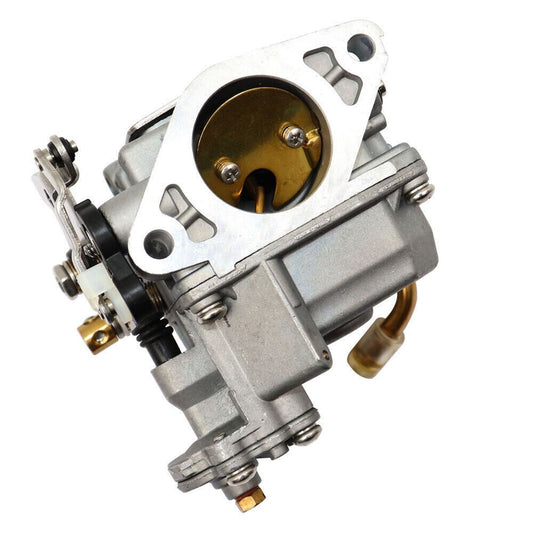
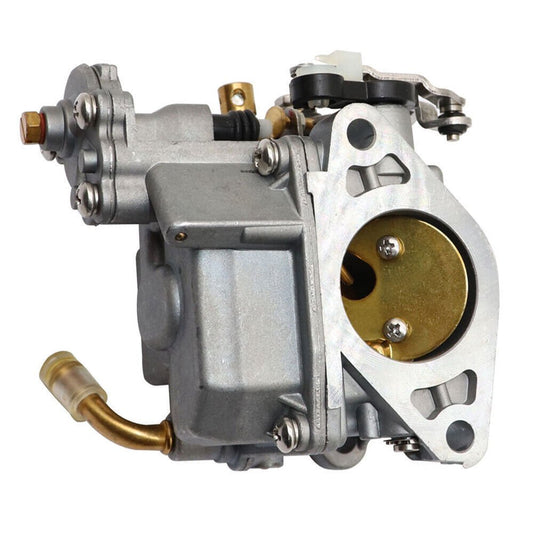
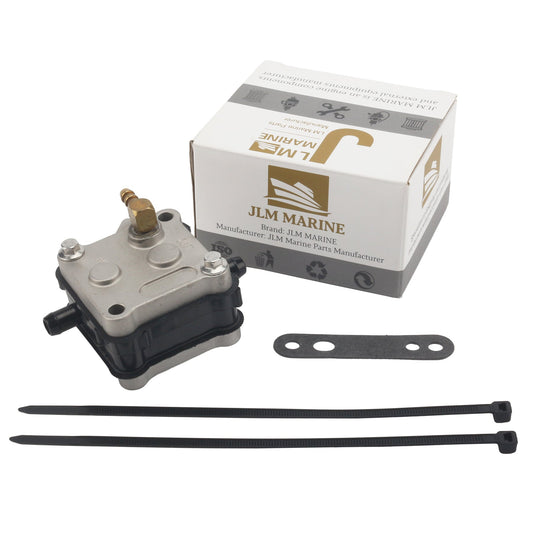
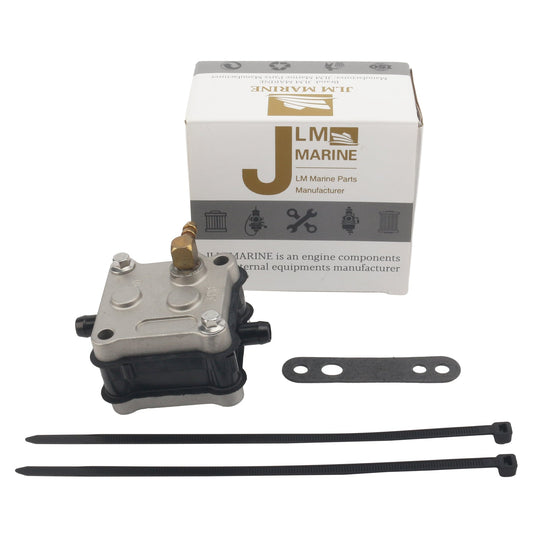
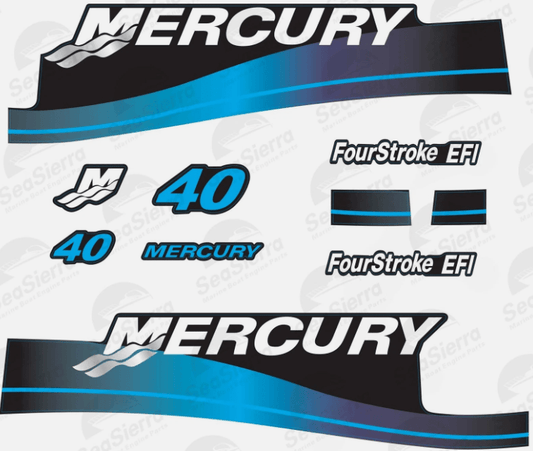
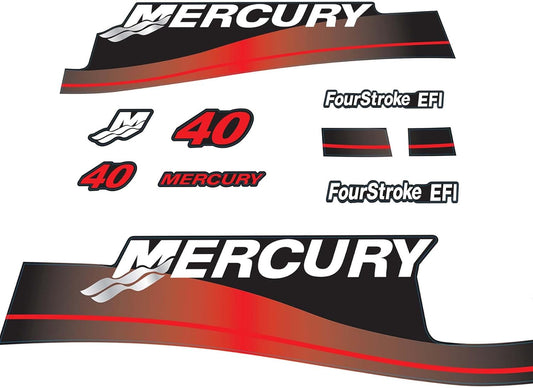
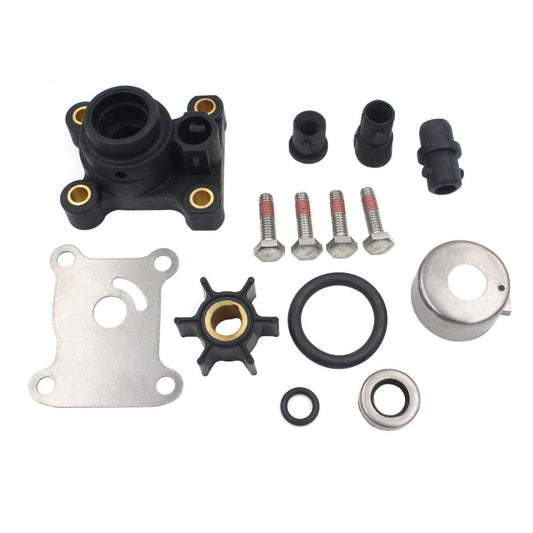
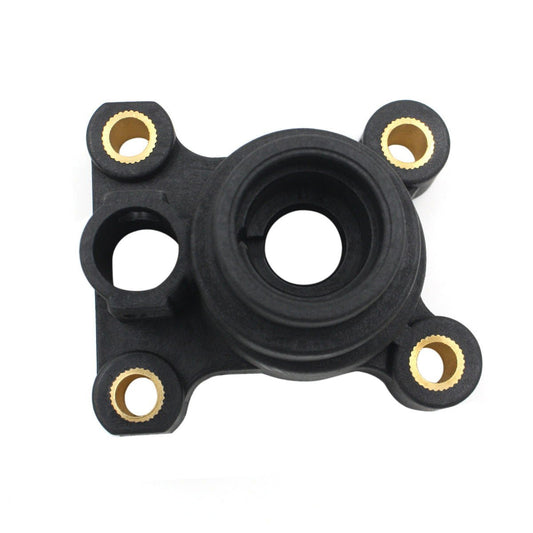
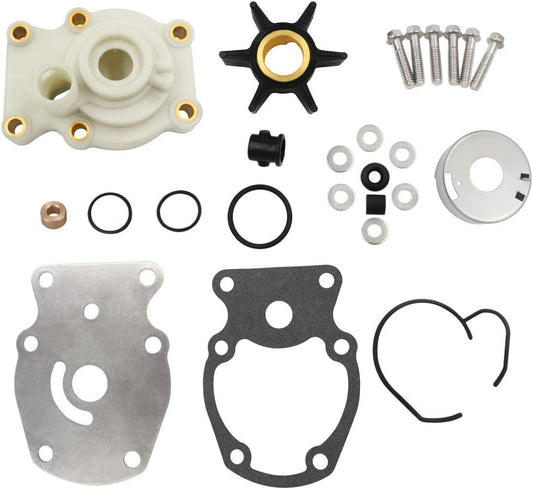
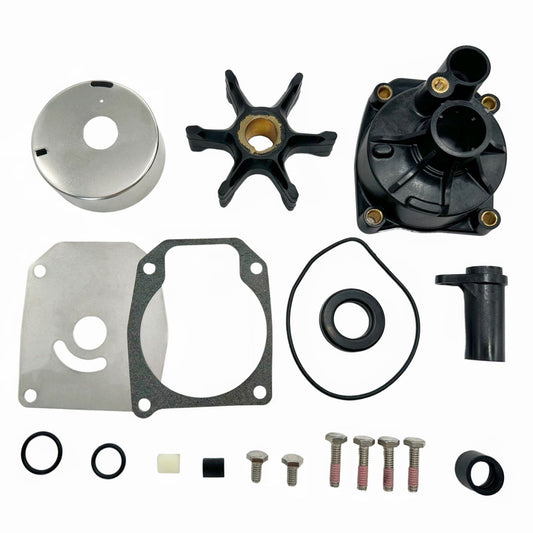
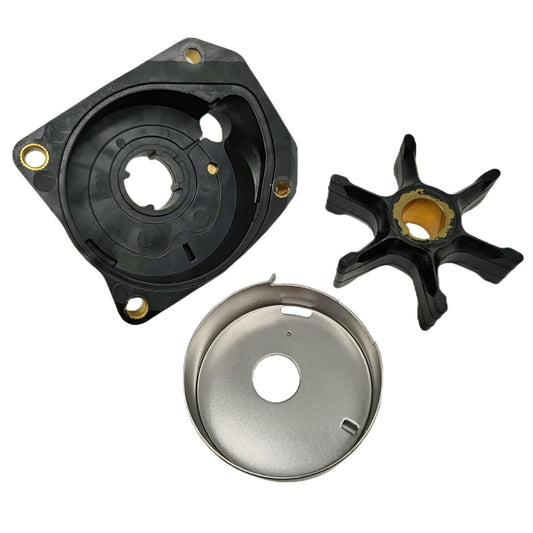
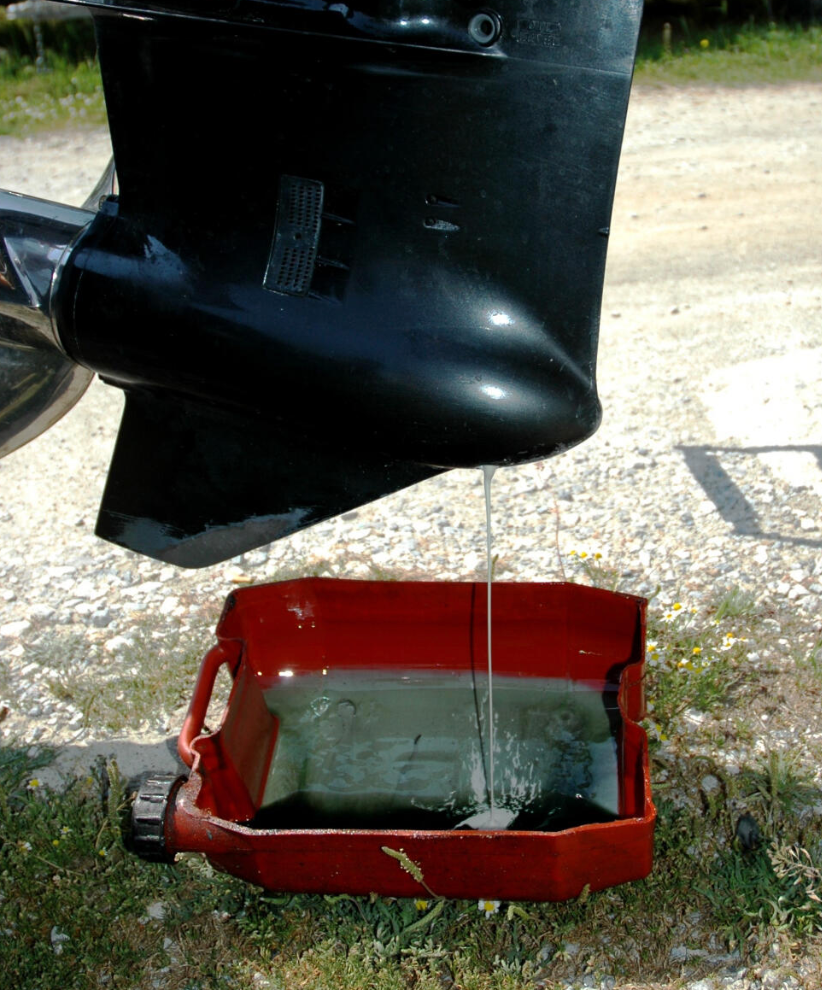



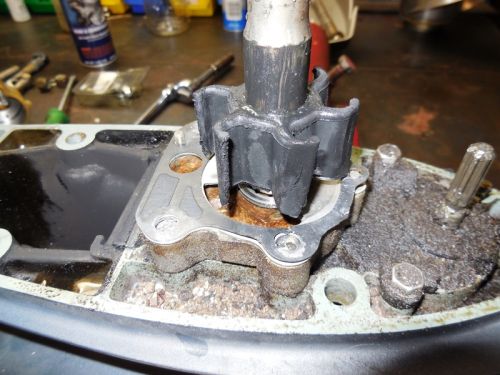
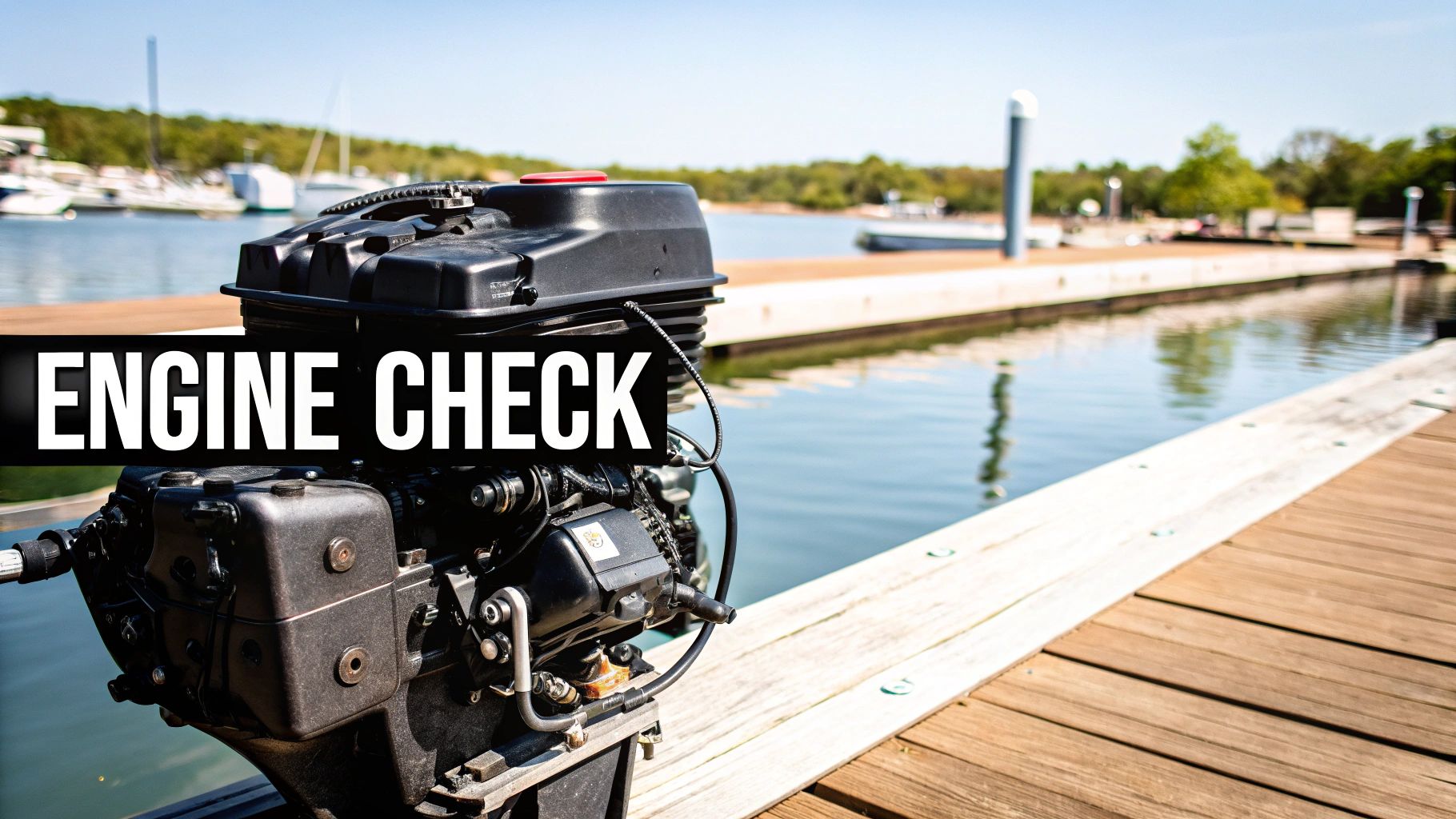

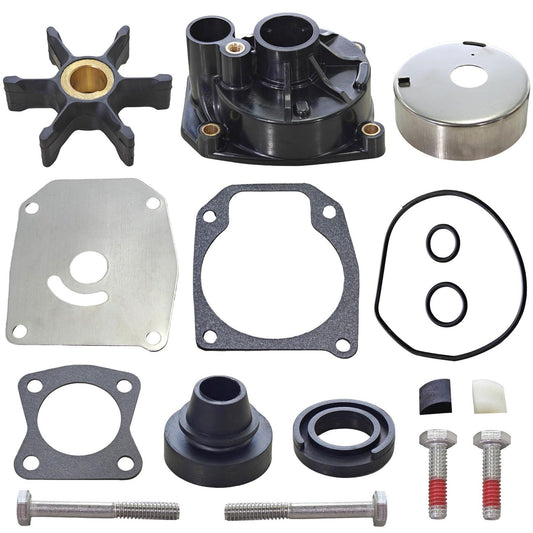
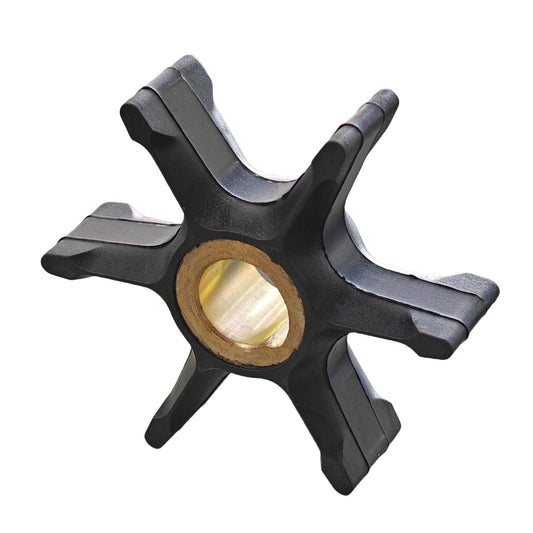
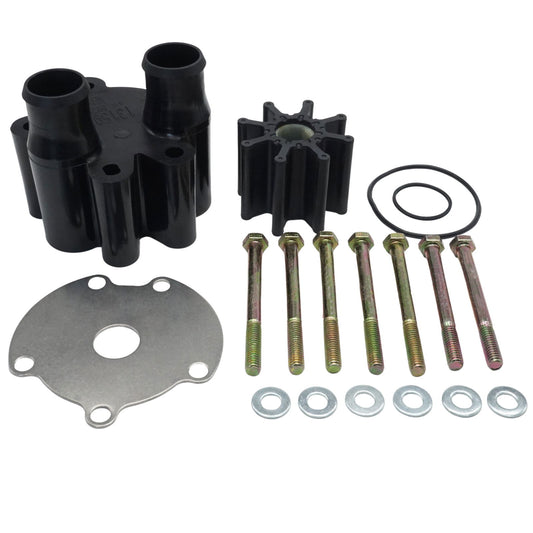
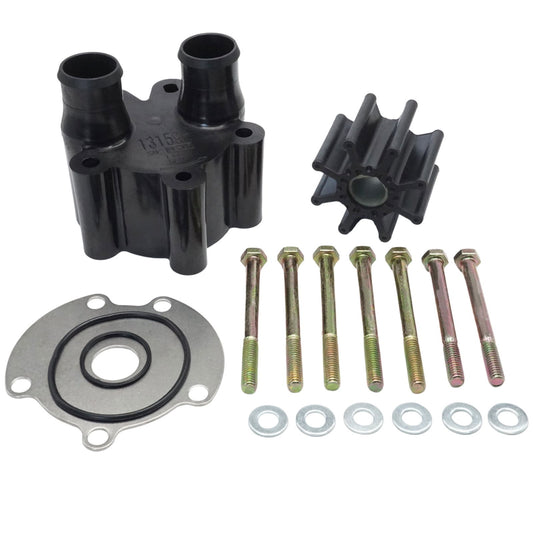
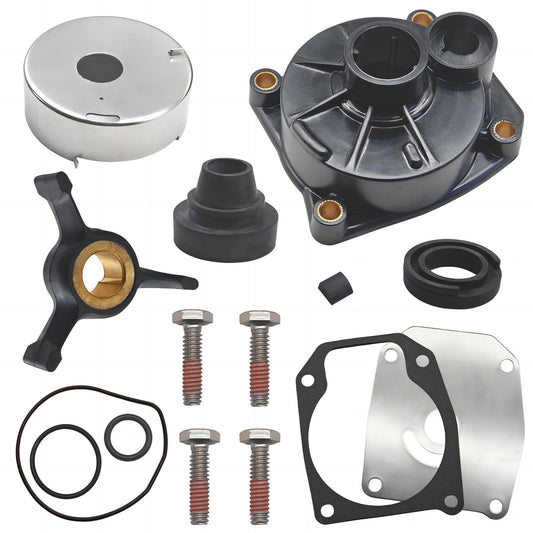
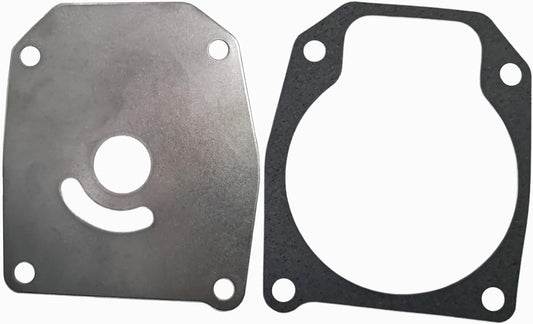
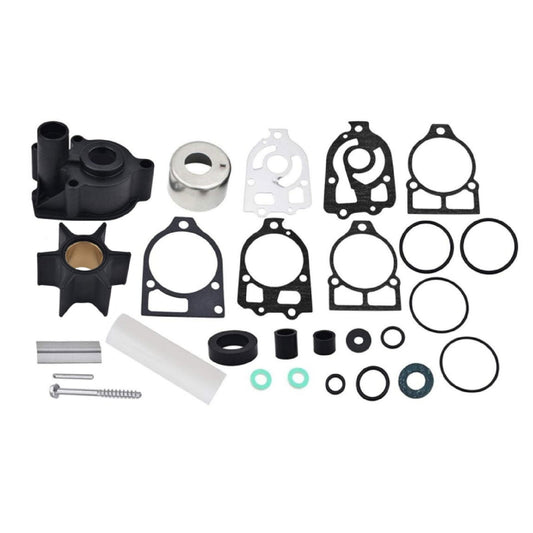
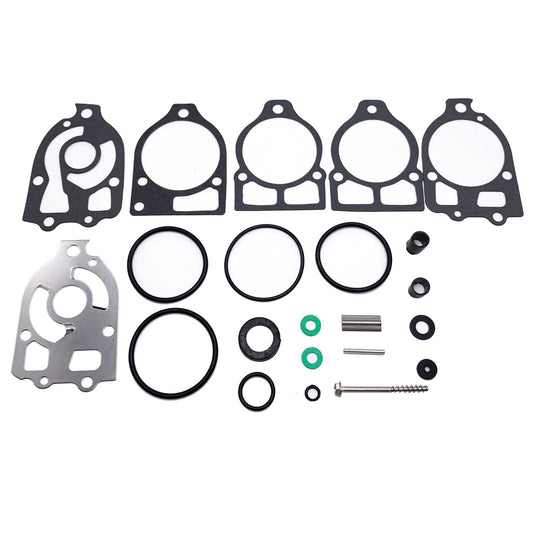
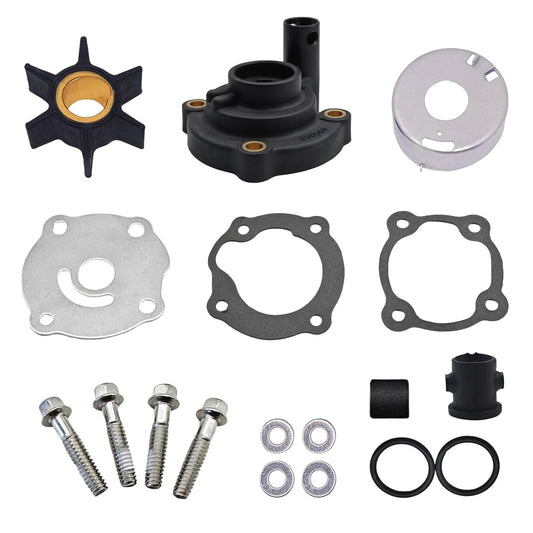
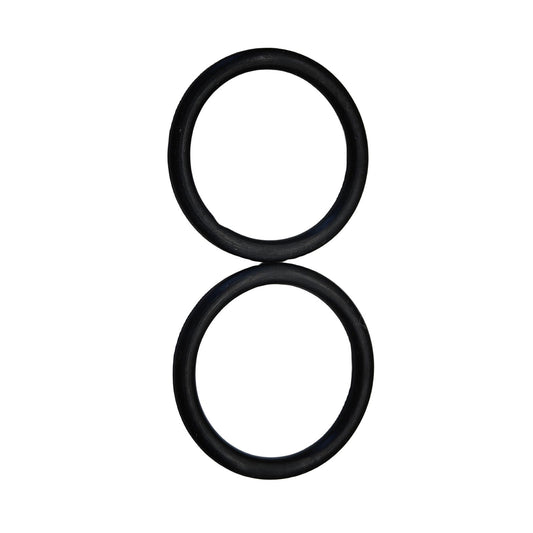
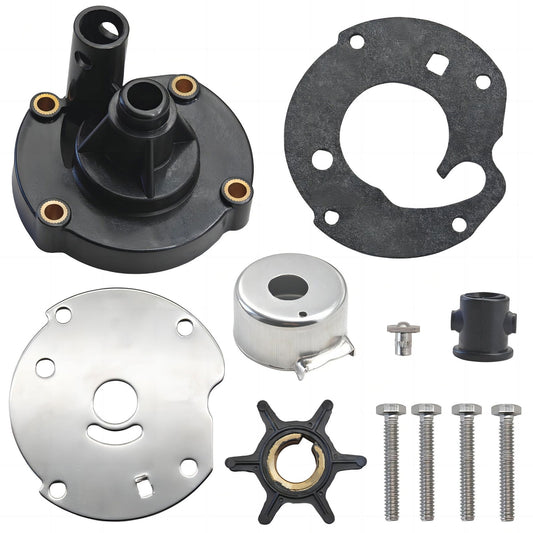
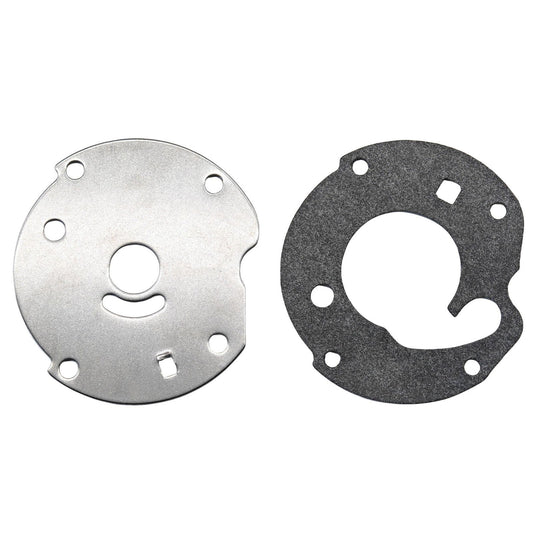

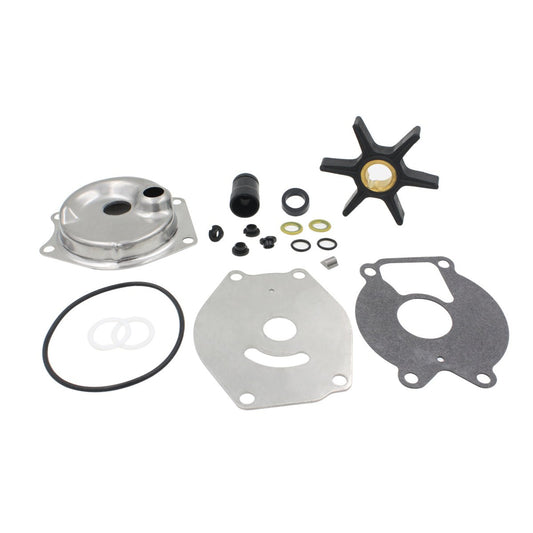
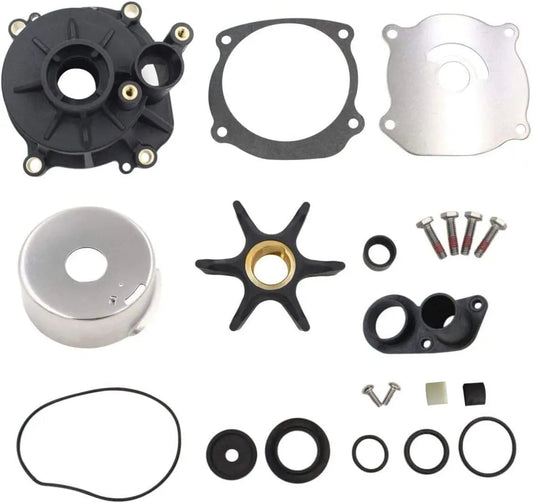
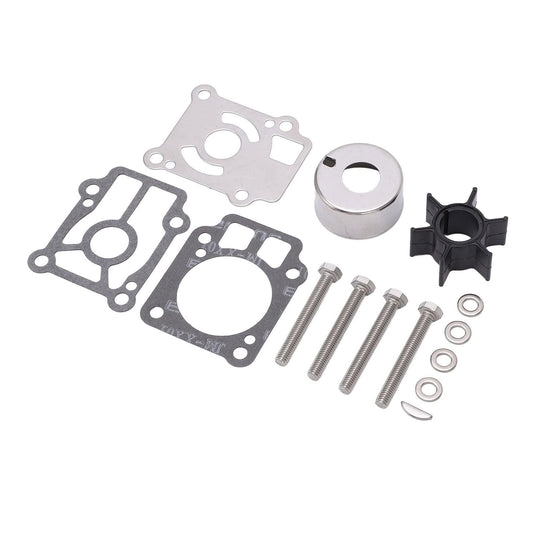
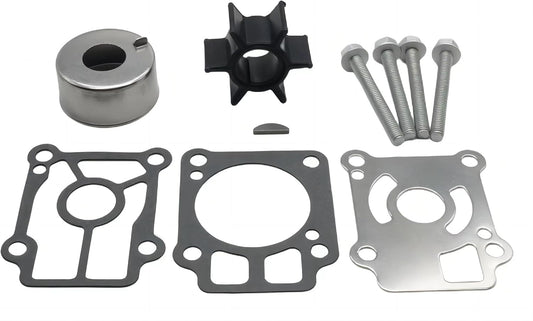

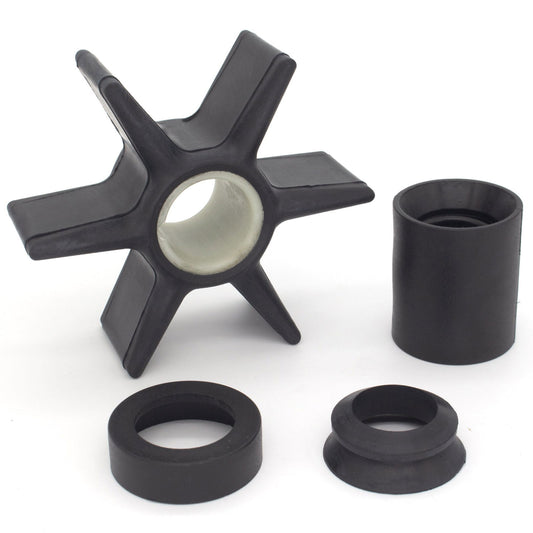
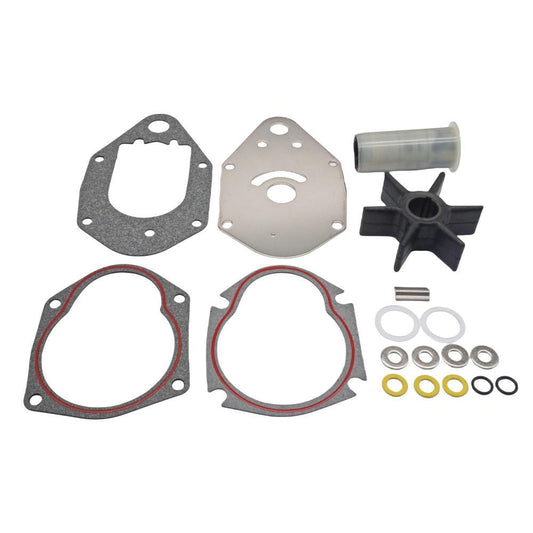
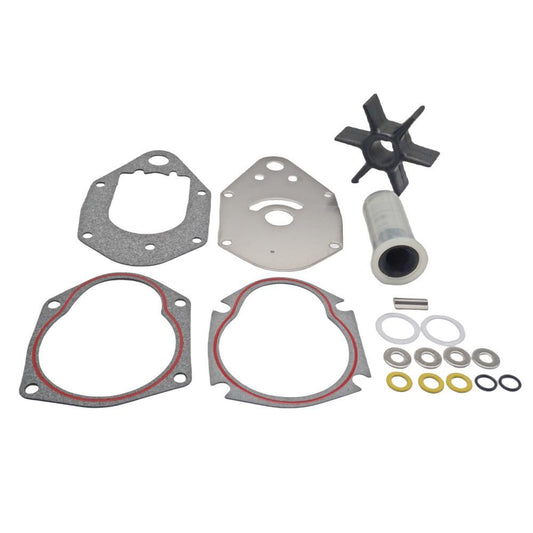
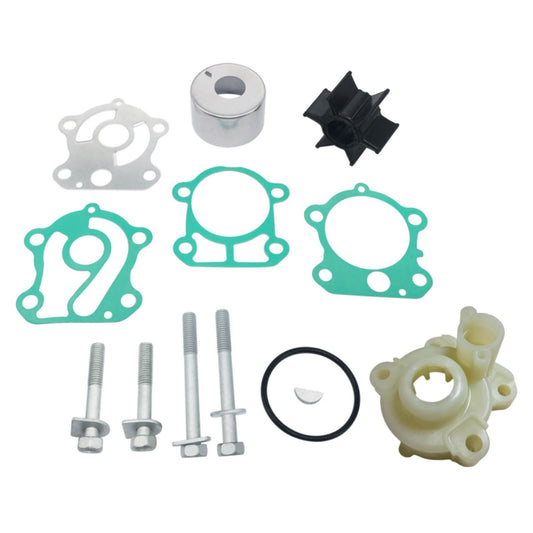
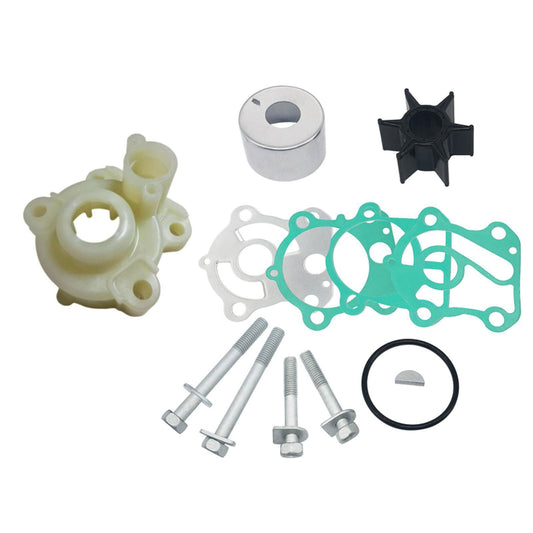
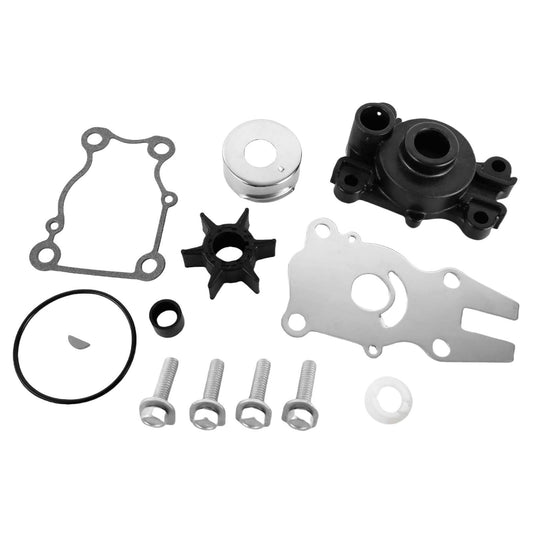
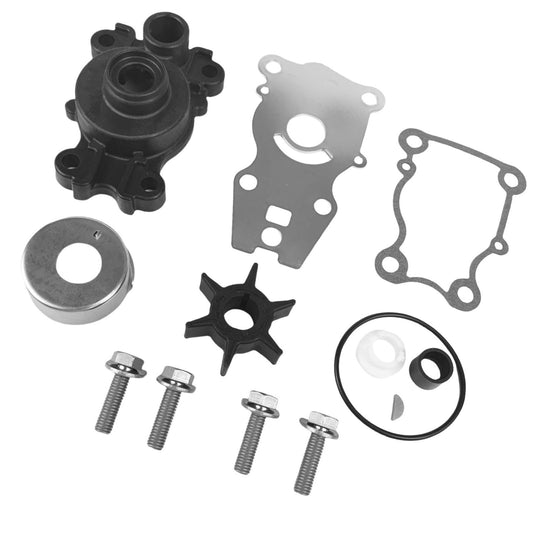


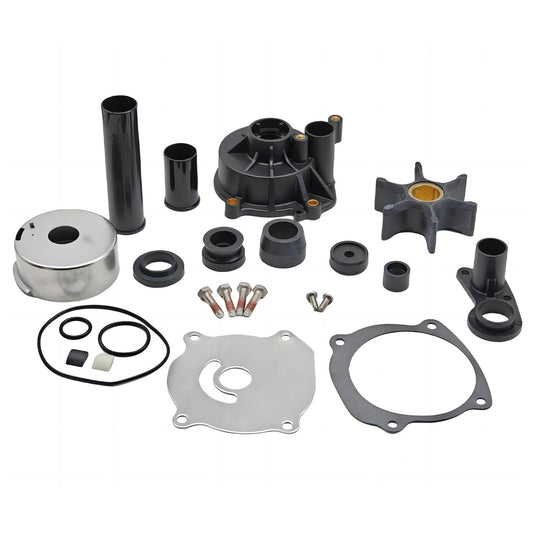
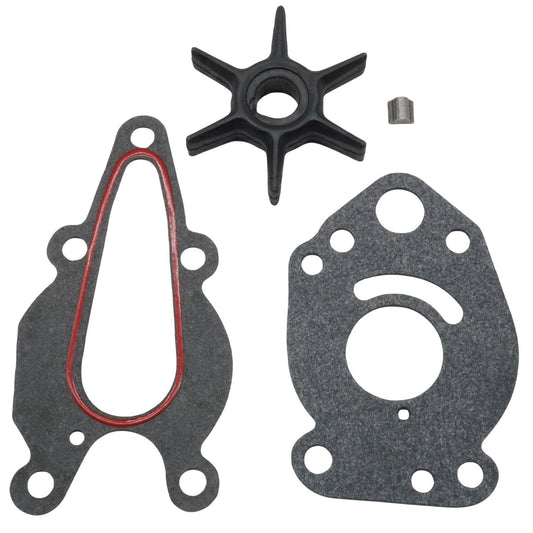

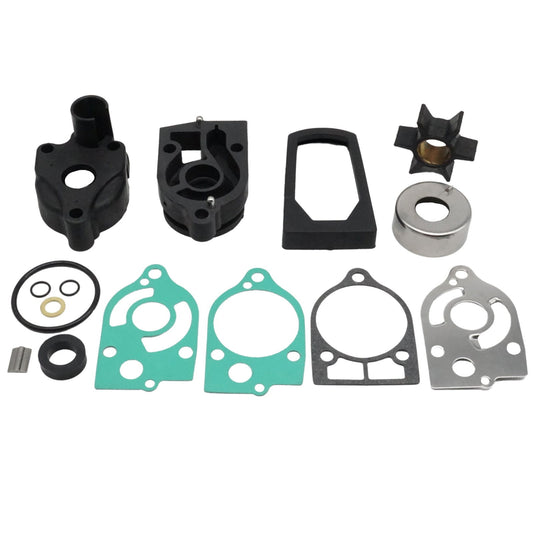

Leave a comment
Please note, comments need to be approved before they are published.